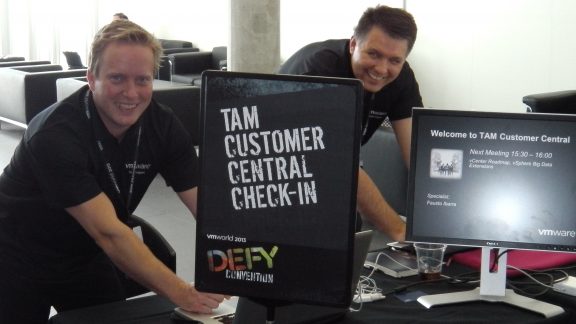 By Craig Savage:
By Craig Savage:
 In my role as an Operations Transformation Architect, I get the privilege of working with many different organisations in many different markets and geographies, and as our team are closely knit, we share a lot of knowledge and experience amongst ourselves and globally after each engagement we undertake. What follows are some of the key principles that we believe can and should be applied across all the large IT organisation transformation projects we see.
In my role as an Operations Transformation Architect, I get the privilege of working with many different organisations in many different markets and geographies, and as our team are closely knit, we share a lot of knowledge and experience amongst ourselves and globally after each engagement we undertake. What follows are some of the key principles that we believe can and should be applied across all the large IT organisation transformation projects we see.
- Understand that transformation is EXPENSIVE – in terms of time, money and emotional energy.
- Time – any cultural change will take time, traditions need to be re-made, new balance created (many times) and new roles will take time to settle.
- Money – your people will need to gain new skills and competencies; you will also need to reflect on your compensation model.
- Emotional energy – Some people thrive on change, others find it very hard work so being aware of how the process is affecting your people and making sure you keep everyone is engaged is crucial.
- Realize that every transformation journey is different – there is no “one size fits all” as every company has a different culture and a different diversity in their people, as well as a uniquely evolved process framework to take into account. That said, there are a lot of common elements, that if treated similarly to architectural building blocks, can be re-used
- Culture change must be a primary priority and must be led top down. Realistically assess your current culture before beginning – decide what to keep, what needs to be transformed and what will have to be scrapped. Get outside help!
- There is a great deal of value in structuring the programme effectively – it really needs to be about constant, small and iterative changes that drive towards a larger goal. One huge project with fixed milestones generally runs into issues, whereas a programme with a clearly defined end state, with multiple smaller, short projects or a more Agile-esk sprint structure will deliver earlier realised outcomes at lower cost.
- You will need to change the way you recognise and reward your people – people management and the skills of acquiring and retaining the right people will become increasingly valuable. Keep the management structure focused on performance, development and reward management, managers should be mentors and coaches. Doing this allows for people to hold different roles in different teams without the artificial tribal boundaries that tend to arise in the older models.
- Be transparent about the changes taking place – people will be uncertain anyway, and we have seen countless times how destructive rumours can be, whereas every time we have seen openness and clear communication we have seen a far easier transformation journey. Be mindful that local laws, unions, etc. can often inhibit this, so sometimes you will need to be creative in order to keep your people informed and engaged without exposing your company to additional risk.
- You will likely need to increase headcount while you transform, unless your current team are grossly under utilised or your current process model is very inefficient. Get help understanding when and how to flex your teams.
- Encourage innovation, value it highly and find ways to make it valuable to yourself and your teams. Encourage people to hold multiple roles, increasing the skills and capability diversity and capacity across your team.
- Identify and work with your resistance fighters – they may have a valid concern and they definitely have passion, find a way to make them part of the change.
- This may sound terribly obvious – keep your current environment running! Alienating your business by delivering bad (or worse) service now will not help.
- Understand you are no longer the sole provider of IT for your organisation, no matter how much may seem to be true, your business will already be taking some IT services from other providers. Work towards becoming the broker of these services and being your organisation’s preferred IT provider.
- Technology can only effectively transform an operation when the people that operate it and the processes that they carry out are able to take full advantage of that technology. In our experience, implementing technology and expecting the people and process change to take place organically fails almost every time.
With your people heading in the direction of the new and clearly defined way of working, and your processes being re-written and optimised to deliver on that new vision, your organisation will have started off well.
It’s important to get outside help with this process. This major change requires someone impartial with the skills and experience to advise you on what is working, what could be done better, what is coming up next and to give you ways they’ve seen other organisations overcome those new challenges. To leverage our experience, contact your local VMware representative to engage with VMware Advisory and Operations Transformation services.
=======
Craig Savage is a VMware Operations Transformation Architect and is based in the UK. You can follow @craig_savage on Twitter.




